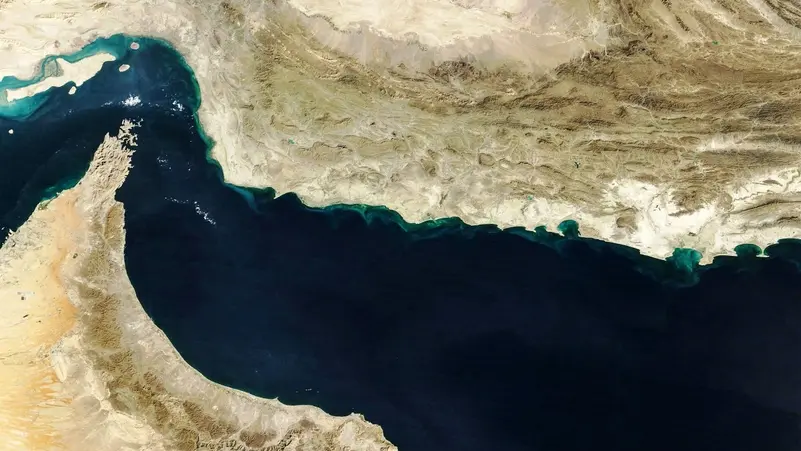U.S. officials have raised concerns over Iran’s recent military activities in the Gulf, suggesting Tehran may be preparing to disrupt maritime traffic through the strategic Strait of Hormuz.
This was few days ago and the world is still worried but why?
Strait of Hormuz: A Global Energy Lifeline
Roughly 20% of the world’s oil and gas shipments pass through the Strait of Hormuz, making it one of the most vital maritime chokepoints globally.
Any attempt to close the strait could trigger a sharp spike in global energy prices and severely disrupt international trade.
Despite the threat, oil prices have dropped over 10% since the U.S. strikes on Iran’s nuclear facilities, partly due to relief that the conflict hasn’t yet caused major disruptions in crude supply chains.
Intelligence Signals Potential Threat to Global Shipping
According to two unnamed American officials cited by Reuters, Iranian forces loaded naval mines onto vessels in June 2025, shortly after Israeli airstrikes targeted sites across Iran.
The exact method of intelligence gathering remains undisclosed and such information is typically derived from satellite imagery, human intelligence sources, or a combination of both.
The mine-loading activity reportedly occurred after Israel’s initial missile strike on June 13, 2025.
A White House official commented that, thanks to the success of Operation Midnight Hammer, the ongoing pressure campaign, and actions against the Houthis, freedom of navigation in the Strait of Hormuz has been preserved and Iran’s capabilities have been significantly weakened.

Iranian Parliament and Military Posturing
On June 22, shortly after the U.S. bombed three key Iranian nuclear sites, reports emerged that Iran’s parliament supported a motion to close the strait.
However, the decision was non-binding and would require approval from Iran’s Supreme National Security Council.
Iran has previously threatened to block the strait but has never followed through.
Analysts suggest that Iran’s own reliance on the strait for oil exports may deter it from taking such a drastic step.
U.S. Naval Response and Regional Security
The U.S. Fifth Fleet, based in Bahrain, is tasked with safeguarding maritime traffic in the region.
In anticipation of potential retaliation, the U.S. temporarily withdrew its mine countermeasure vessels from Bahrain prior to the strikes.
Iran’s immediate response was limited to a missile attack on a U.S. military base in Qatar, though American officials have not ruled out further retaliatory actions.
Strategic Implications
The Strait of Hormuz, just 34 kilometers wide at its narrowest point, features two-mile-wide shipping lanes in each direction.
It serves as a critical export route for Saudi Arabia, the UAE, Kuwait, Iraq, Qatar, and Iran.
According to a 2019 U.S. Defense Intelligence Agency estimate, Iran possesses over 5,000 naval mines, which could be rapidly deployed using high-speed boats.
While the recent mine-loading may have been a bluff, U.S. officials acknowledge that Iran could be preparing for real action if tensions escalate.


